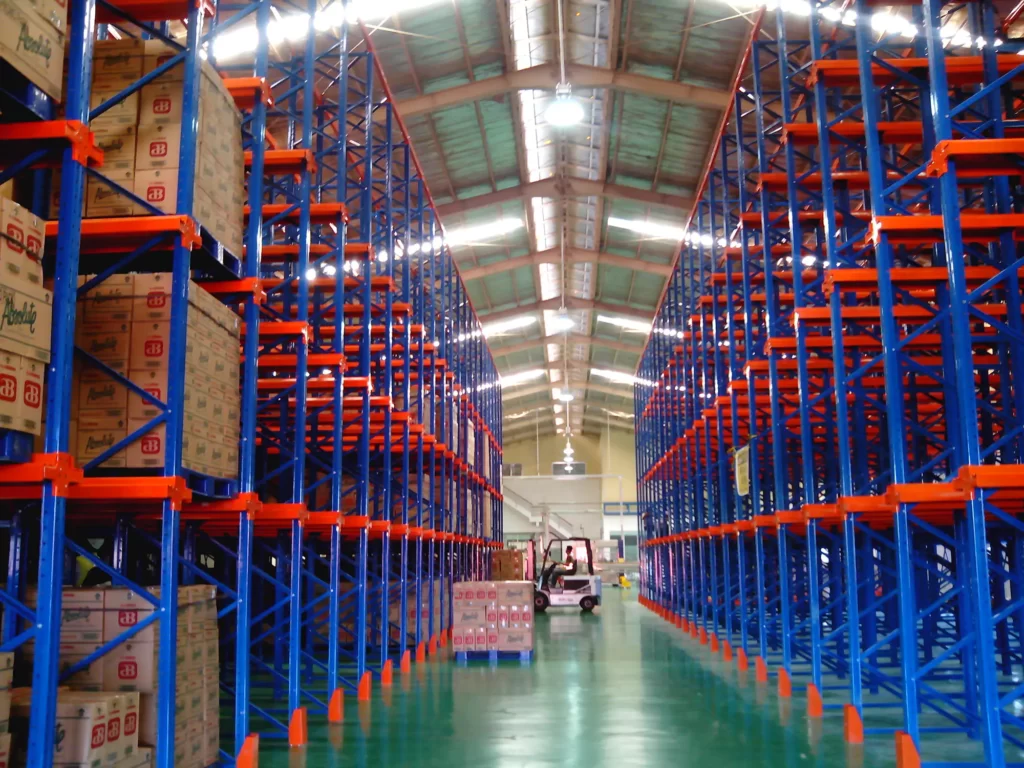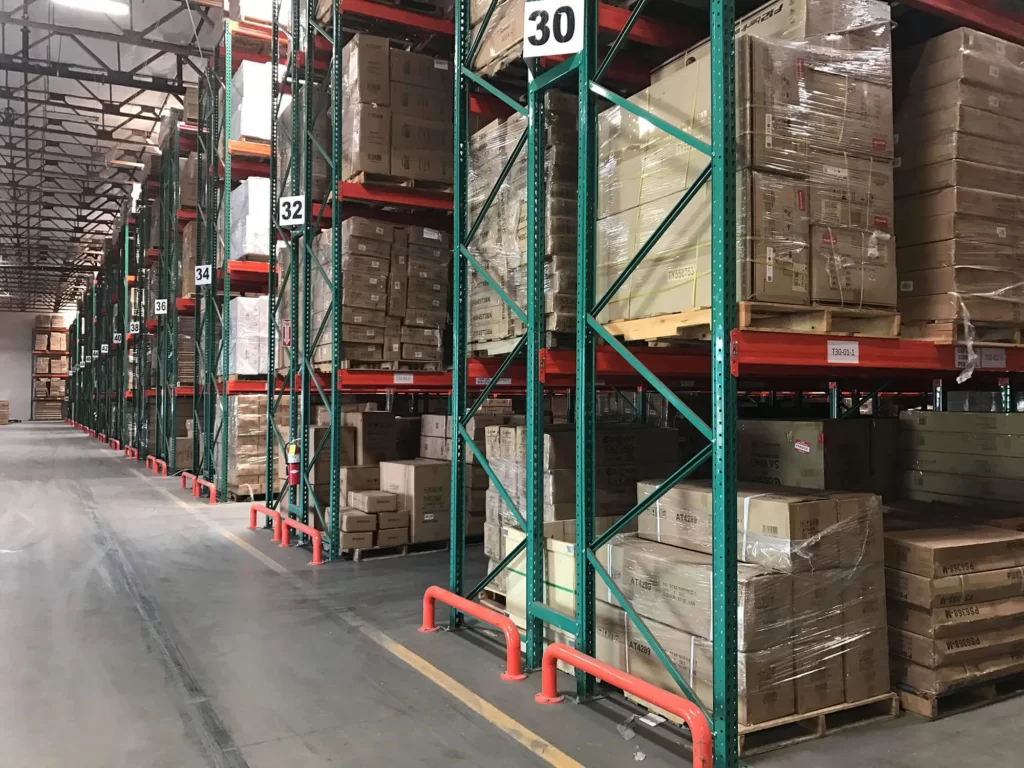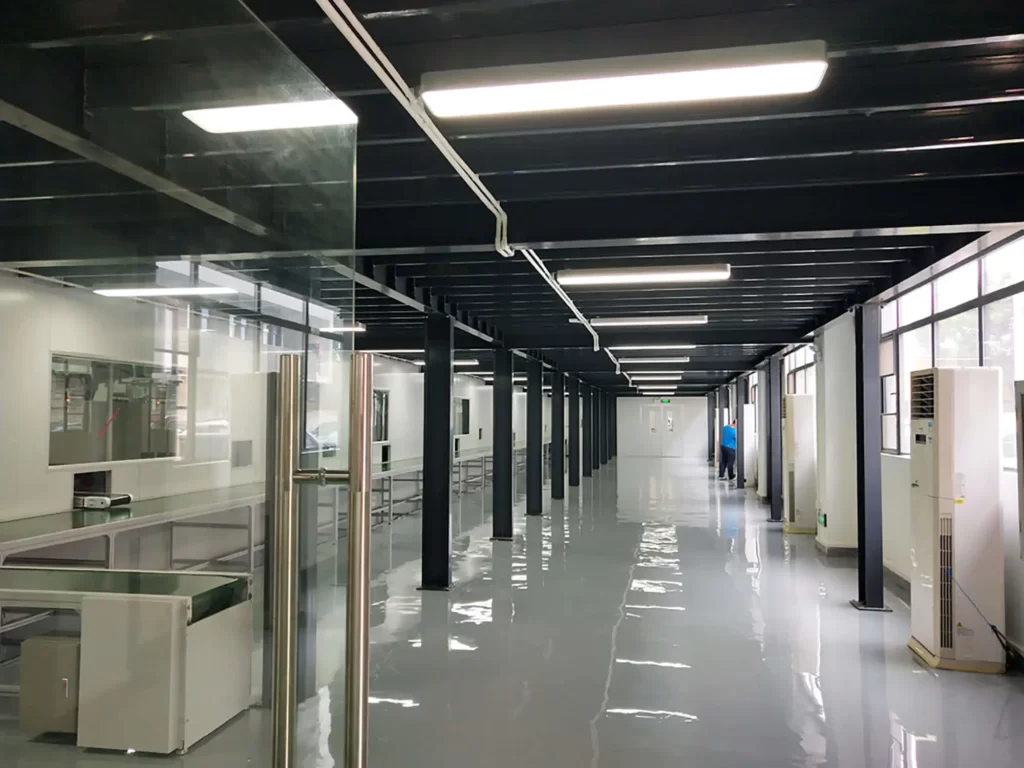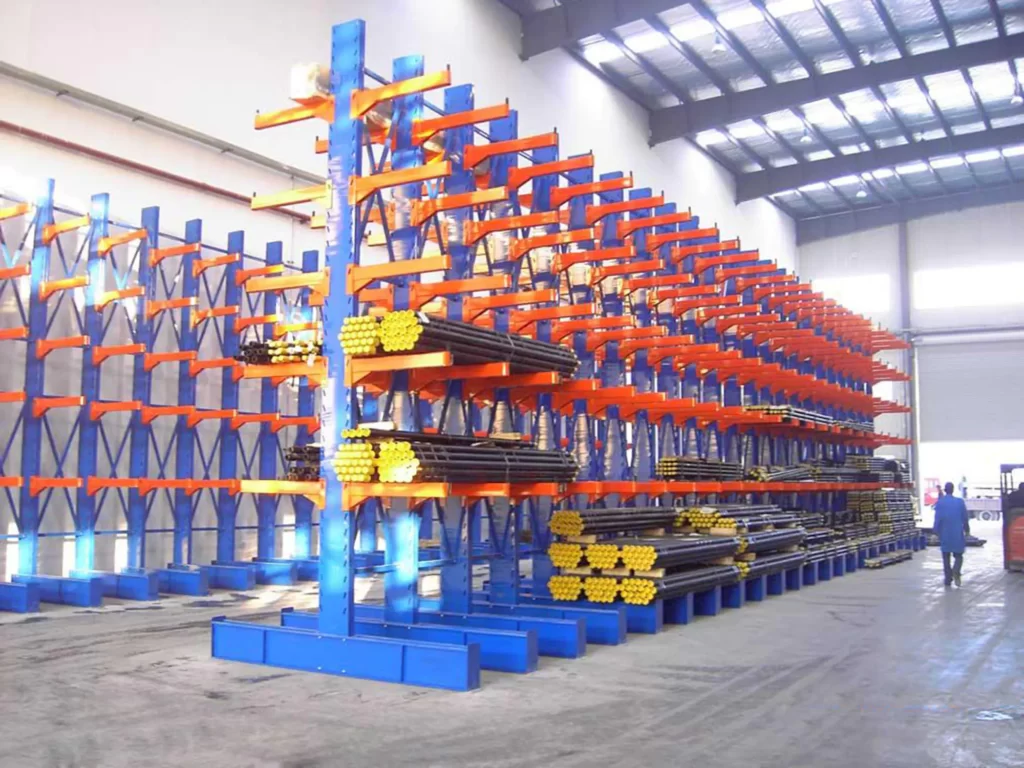The upright is the main component of the rack and one of the most important components in the racking system. An upright frame is composed of uprights, horizontal bracing and diagonal bracing, which can be assembled or welded. The material is mainly selected according to the height and loading capacity situation of the warehouse rack. Theory and practice show that the physical properties of the material used for the rack upright, mold design, and manufacturing accuracy are the main factors affecting the loading capacity and stability of the rack upright. Thinning has little effect on storage rack stability.
The rack upright is made of Q235B cold-rolled steel, and the section of the uptight will not cause local instability after repeated bending. The development of the wall direction is easy to causes the overall instability of the frame upright, so the stability of the loading frame upright components is particularly important.
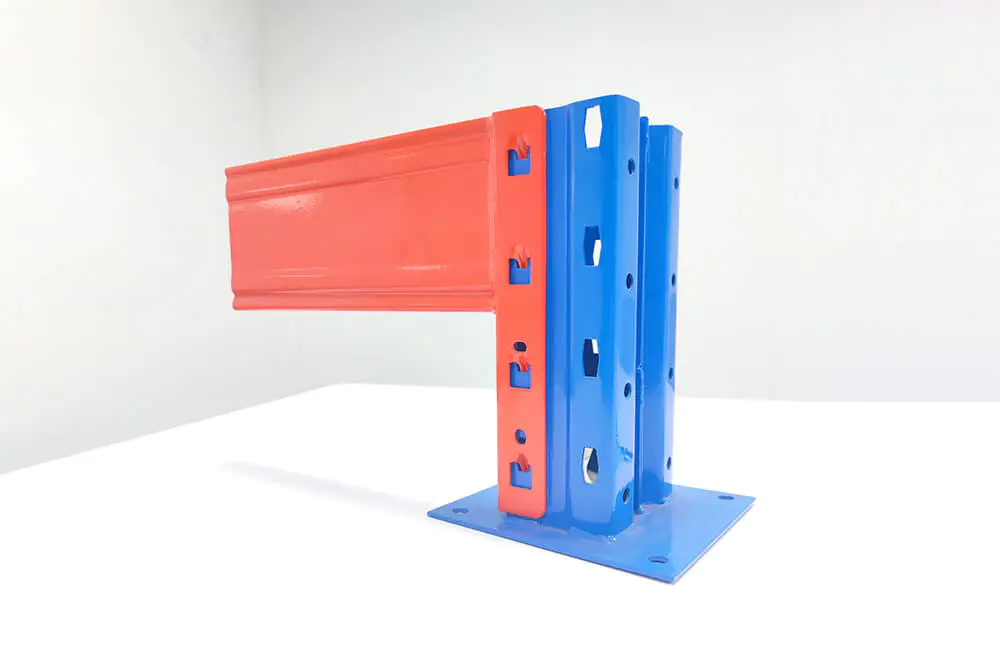
There will be many perforations on the uprights. The existence of these perforations is to facilitate the insertion of the beams and the uprights, and to make the disassembly and assembly of the racks simple and flexible. The holes of the light duty racks and the medium duty racks are generally separated by 50mm. The general spacing between the holes is 75mm for heavy duty racks, and the height of the rack is adjusted arbitrarily in units of 50mm/75mm. In the market, we find that the racks produced by different companies often have different hole shapes on the uprights, so what kinds of holes are there on the rack uprights now? What is the difference between them?
At present, the mainstream hole shapes in the market mainly include rhomboid holes, butterfly holes, gourd holes, trapezoidal holes, inverted triangle holes and other hole shapes. At present, which hole shape is used for the rack upright, there is no explicit regulation and related industry standards. Generally, each warehouse rack company decides what hole shape to use according to its own production technology and process.
Butterfly hole: The bayonet that looks like a butterfly has a beautiful appearance, excellent performance, and easy disassembly and assembly; it can be freely combined, the surface is treated with electrostatic spraying, the color is adjustable, and it has good loading performance, suitable for manual storage of lighter goods, It can also be used in combination with various supporting equipment to improve the utilization rate of space. The butterfly hole warehouse racks of storage rack manufacturers are generally 100-500kg loading capacity per layer, and are widely used in the electronics industry and various small warehouses.

Gourd hole: Because the shape of the hole is like a gourd, it is called a gourd hole. This hole type is a new hole type that has appeared in recent years. The racks using this hole type are relatively delicate, so they are often used on household racks. Also lighter.
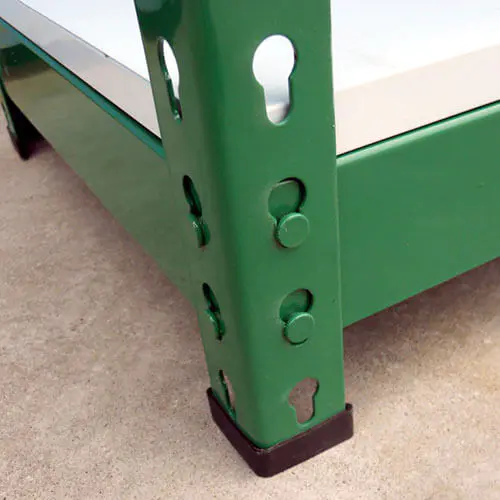
Inverted eight hole: The shape of the hole is like an inverted eight-character, so it is called an inverted eight-shaped hole. It is mostly used for heavy-duty racking systems. The load is large and the installation is a little more troublesome.

Rhomboid hole: The hole type on the upright is a rhomboid hole, also known as a hexagonal hole. It has the characteristics of good loading condition, smooth surface, safety and stability. Compared with butterfly duty racks, rhomboid racks have better loading performance. They are usually heavy duty storage racks. Storage rack manufacturers use high-quality cold-rolled steel, and pickling ceramic After processing, the surface is fine and smooth, which is suitable for various large warehouses and heavy industrial use.
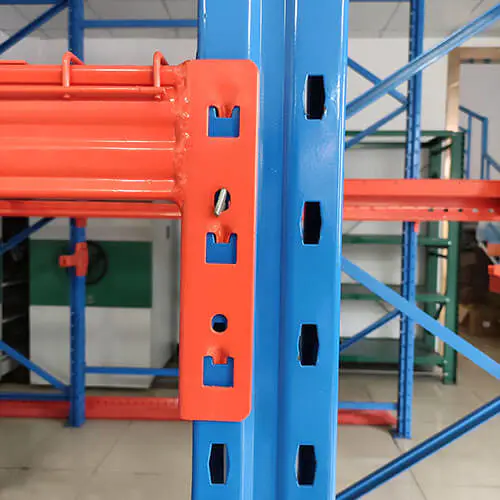
Teardrop hole: This hole type is the most common in the United States and Canada, making it extremely easy for customers to use and purchase accessories. This hole type of upright is mostly used for heavy duty pallet racking.

Although there are many types of rack holes, rhomboid holes are commonly used, followed by butterfly holes.
The racks we use, including supermarket shelves, civilian racks and industrial racks, etc., have regular holes in the uprights of the racks. The shape of the holes is the same in all parts, some are butterfly holes, some are gourd holes, and some are rhomboid holes. Take industrial storage racks as an example, rhomboid holes are generally used.
What is the function of the hole on the upright of the racking?
The main function of the hole pattern on the upright of the warehouse rack is to connect the start bay of the beam of the rack and connect the add bay. Each hole is equidistant. The purpose of this is to allow the storage space of each layer to float up and down at an equal distance from top to bottom in the future, so as to meet the space needs of the racks for storing different goods. Mainstream warehouse racks use rhomboid holes. The structure of rhomboid holes can make the connection of various parts of the rack more stable, the interface is tighter, and the occlusion is stronger, which can ensure that warehouse racks, especially heavy-duty pallet racks are stronger.
In addition, the racks have holes for prototypes. This small hole is mainly for the installation of safety bolts and safety pins, interspersed with further specified devices, to prevent the safety of personnel and racks in the event of an accident.




